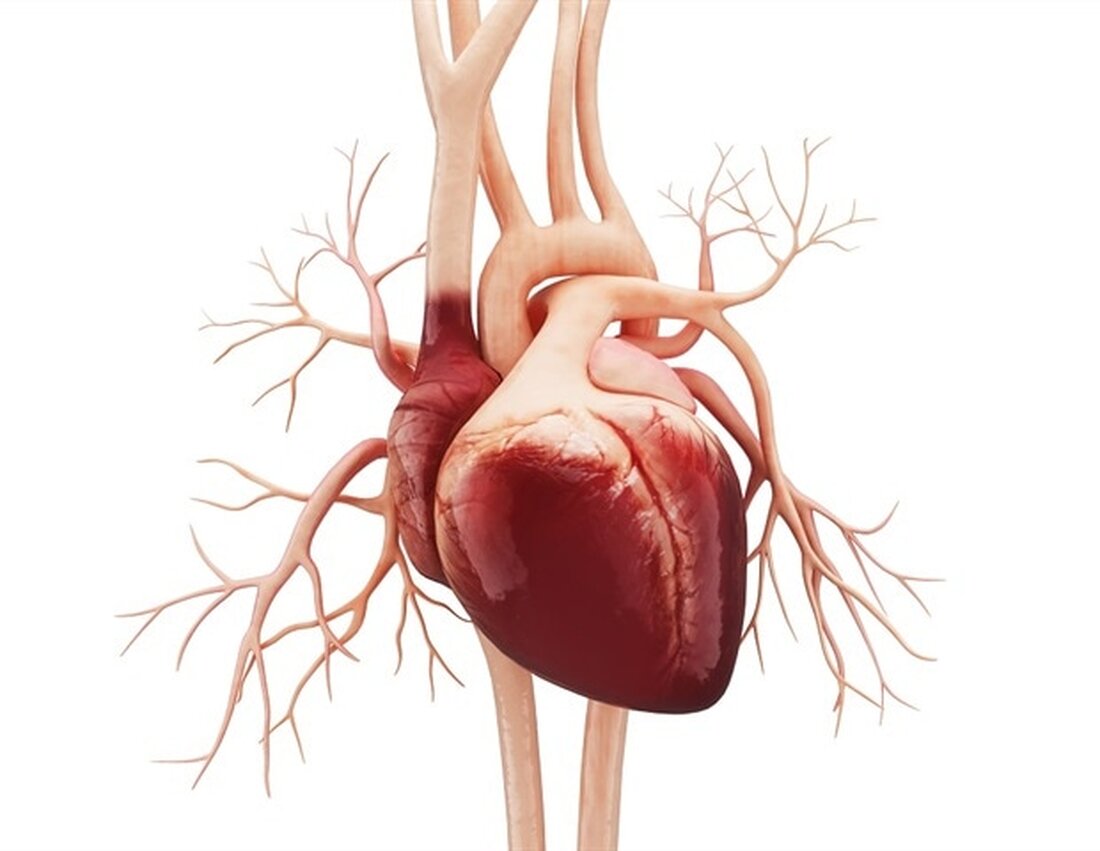3D model shows how cadmium exposure can lead to congenital heart defects
Researchers have developed a three-dimensional model that shows how exposure to cadmium can lead to congenital heart defects. Congenital heart defects are the most common form of birth defects in the United States, affecting nearly 40,000 newborns each year. The model was developed by scientists at the National Institute of Environmental Health Sciences (NIEHS), part of the National Institutes of Health. Cadmium is a metal that can be released into the environment through mining and various industrial processes and has been found in air, soil, water and tobacco. The metal can enter the food chain when plants absorb it from the soil. Previous studies suggested...

3D model shows how cadmium exposure can lead to congenital heart defects
Researchers have developed a three-dimensional model that shows how exposure to cadmium can lead to congenital heart defects. Congenital heart defects are the most common form of birth defects in the United States, affecting nearly 40,000 newborns each year. The model was developed by scientists at the National Institute of Environmental Health Sciences (NIEHS), part of the National Institutes of Health.
Cadmium is a metal that can be released into the environment through mining and various industrial processes and has been found in air, soil, water and tobacco. The metal can enter the food chain when plants absorb it from the soil. Previous studies suggested that maternal exposure to cadmium may be a significant risk factor for congenital heart defects.
Using models derived from human cells and tissues, called in vitro models, researchers designed a 3D organoid model that mimics how the human heart develops. The researchers saw how exposure to low levels of cadmium can block the normal formation of cardiomyocytes, which are the main type of cells that make up the heart. In doing so, they uncovered the biological mechanisms that could explain how cadmium can cause cardiac abnormalities.
The models we created are useful not only for studying cadmium, but also for studying other chemicals and substances.”
Erik Tokar, Ph.D., Principal Investigator, Mechanistic Toxicology Division, NIEHS Division of Translational Toxicology (DTT)
For the study, researchers developed three different models to evaluate the effects of cadmium on different stages of heart development.
Fluorescence eBook
Compilation of the top interviews, articles and news from the last year. Download a free copy
First, they used human pluripotent stem cells to develop 3D embryoid bodies to mimic early steps in tissue and organ formation in humans. They then used a 2D in vitro model containing a fluorescent regulatory protein system (NKX2-5) known to be involved in heart development, which allowed them to study the toxicity of cadmium after exposure.
The 3D cardiac organoid model, which can simulate the beating heart, confirmed what was seen in the other two models and showed how low doses of cadmium can inhibit proper cardiomyocyte function.
The study, published in the journal Environmental Health Perspectives, builds on decades of work by toxicology researchers to advance knowledge of how environmental exposures can contribute to human diseases such as cancer, cardiovascular disease, autism and other disorders.
“These new models leverage advances in technology that allow us to model human biology in a way that can identify real threats to human health,” noted Brian Berridge, DVM, Ph.D., scientific director, DTT. “They also help reduce our reliance on animal testing.”
“We found that early exposure to human-relevant levels of cadmium resulted in a dramatic inhibitory effect on cardiomyocyte differentiation, while later-stage exposures did not have this effect,” said Xian Wu, Ph.D., who conducted these studies. “This cadmium exposure also damaged the heart’s organoid function.”
Source:
Reference:
Wu, X., et al. (2022) Heart development in the presence of cadmium: An in vitro study with human embryonic stem cells and cardiac organoids. Environmental Health Perspectives. doi.org/10.1289/EHP11208.
.

 Suche
Suche
 Mein Konto
Mein Konto
